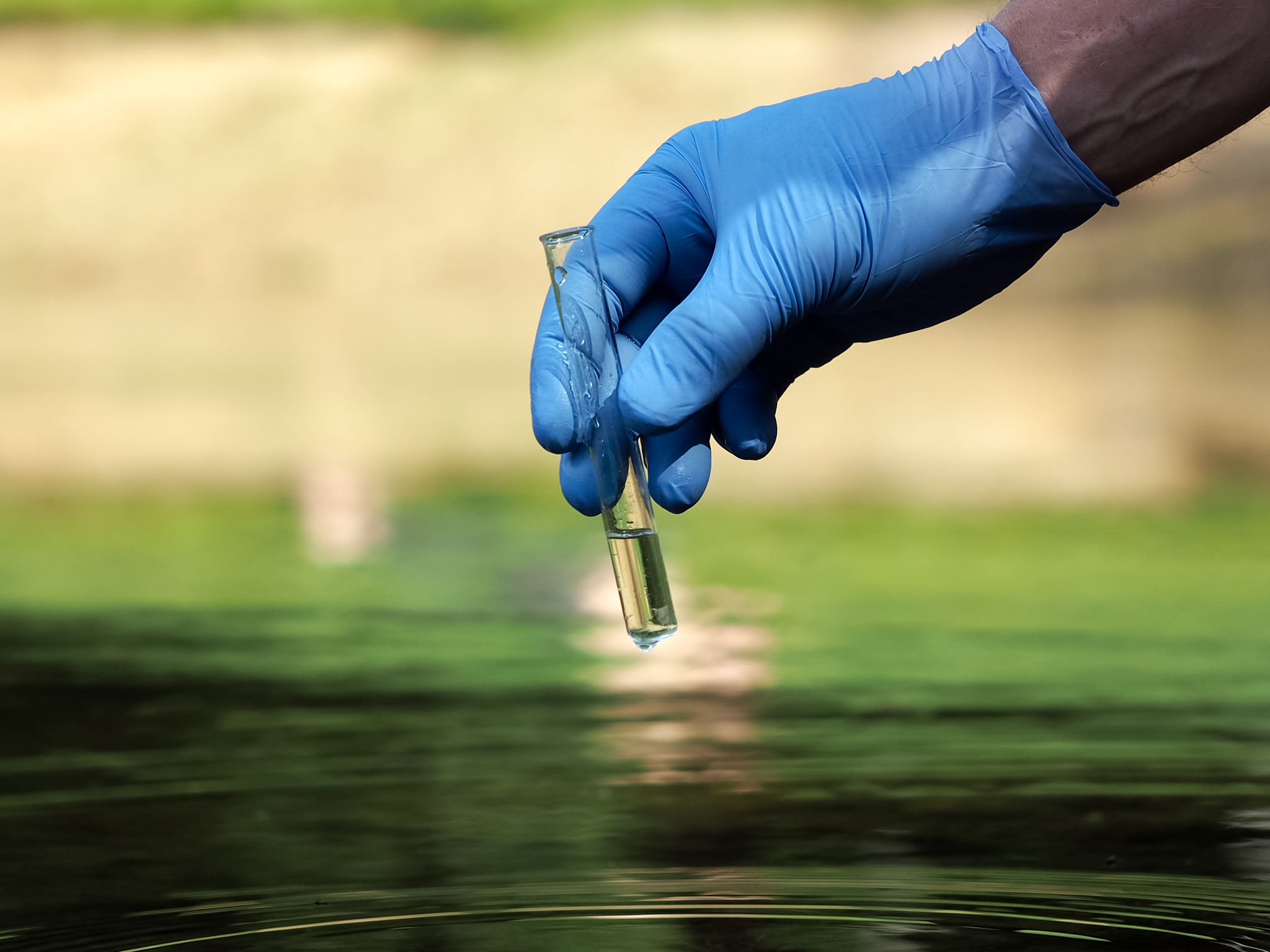Understanding PFAS Contamination: Detection and Mitigation Strategies
Understanding PFAS Contamination
Per- and polyfluoroalkyl substances (PFAS) are a group of man-made chemicals that have been widely used in various industrial applications and consumer products. Their resistance to water, oil, and heat has made them valuable in manufacturing, but these same properties also make them environmentally persistent and challenging to remove. PFAS contamination has become a growing concern due to its potential health impacts, leading to increased efforts in detection and mitigation.

Detection of PFAS Contamination
Detecting PFAS in the environment involves sophisticated methods due to their stability and low concentration levels. Laboratories typically use advanced techniques like liquid chromatography coupled with mass spectrometry (LC-MS) to identify and quantify PFAS compounds. This method provides high sensitivity and specificity, essential for detecting trace levels of these substances in water, soil, and air samples.
Aside from laboratory testing, there is an increasing push for developing field-deployable detection tools. These portable devices aim to provide rapid screening capabilities, enabling quicker decision-making and response actions in contaminated areas. As technology advances, such tools are expected to become more accurate and accessible, aiding in broader environmental monitoring efforts.

Health Implications of PFAS
The presence of PFAS in the environment is a significant concern due to their potential health effects. Studies have linked exposure to certain PFAS with various health issues, including cancer, liver damage, and developmental effects in infants. Because of these risks, regulatory bodies worldwide are working towards setting safety standards and guidelines for PFAS levels in drinking water and other environmental media.
Public awareness campaigns are crucial in educating communities about the potential risks associated with PFAS exposure. By understanding the sources and pathways of these chemicals, individuals can take preventive measures to reduce their contact with contaminated resources.

Strategies for Mitigation
Mitigation strategies for PFAS contamination focus on reducing emissions from industrial sources and treating contaminated sites. Industrial facilities are encouraged to adopt cleaner production methods that minimize or eliminate the use of PFAS, thereby preventing further contamination.
For existing contamination, various treatment technologies are being explored. Granular activated carbon (GAC) is one of the most commonly used methods for removing PFAS from water, as it can efficiently adsorb many types of PFAS compounds. Other techniques include ion exchange resins and high-pressure membrane filtration, which also show promise in reducing PFAS levels.
Community Engagement and Policy Development
Community engagement plays a vital role in addressing PFAS contamination. Local governments and environmental agencies often work together with affected communities to develop action plans and remediation strategies tailored to specific needs. Transparent communication is key to maintaining trust and ensuring that all stakeholders are informed about ongoing efforts and progress.
At the policy level, governments are implementing regulations to manage PFAS usage and emissions. This includes establishing maximum contaminant levels for drinking water and requiring industries to report their PFAS emissions. These policies aim to protect public health while promoting sustainable industrial practices.

Conclusion
PFAS contamination is a complex issue that requires a multifaceted approach involving detection, mitigation, policy development, and community engagement. As research continues to advance our understanding of these chemicals, it is crucial for stakeholders across sectors to collaborate in addressing the challenges posed by PFAS. Through concerted efforts, we can work towards minimizing the impact of these persistent substances on human health and the environment.